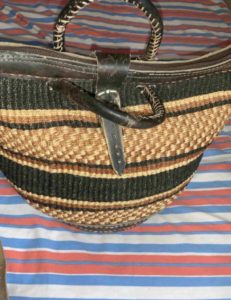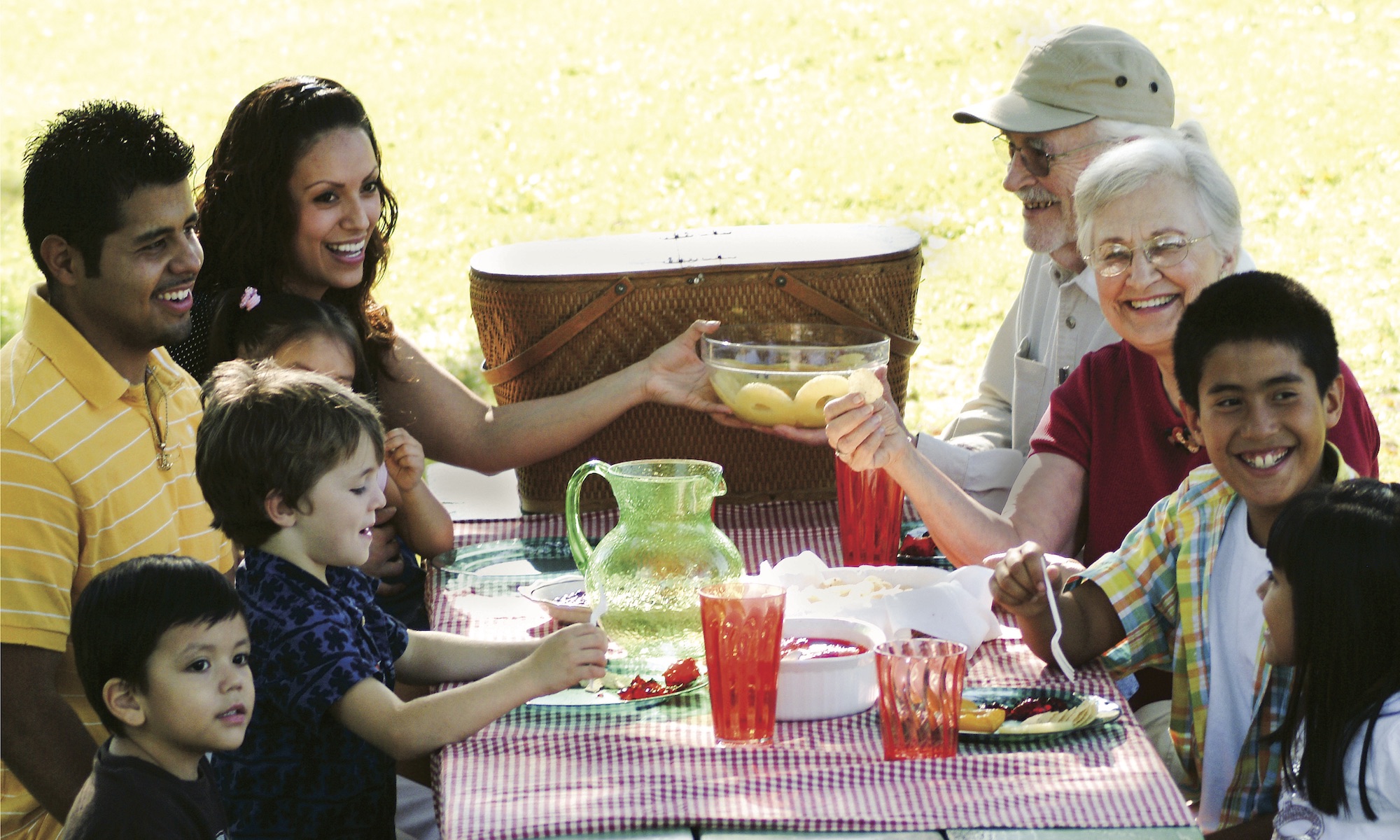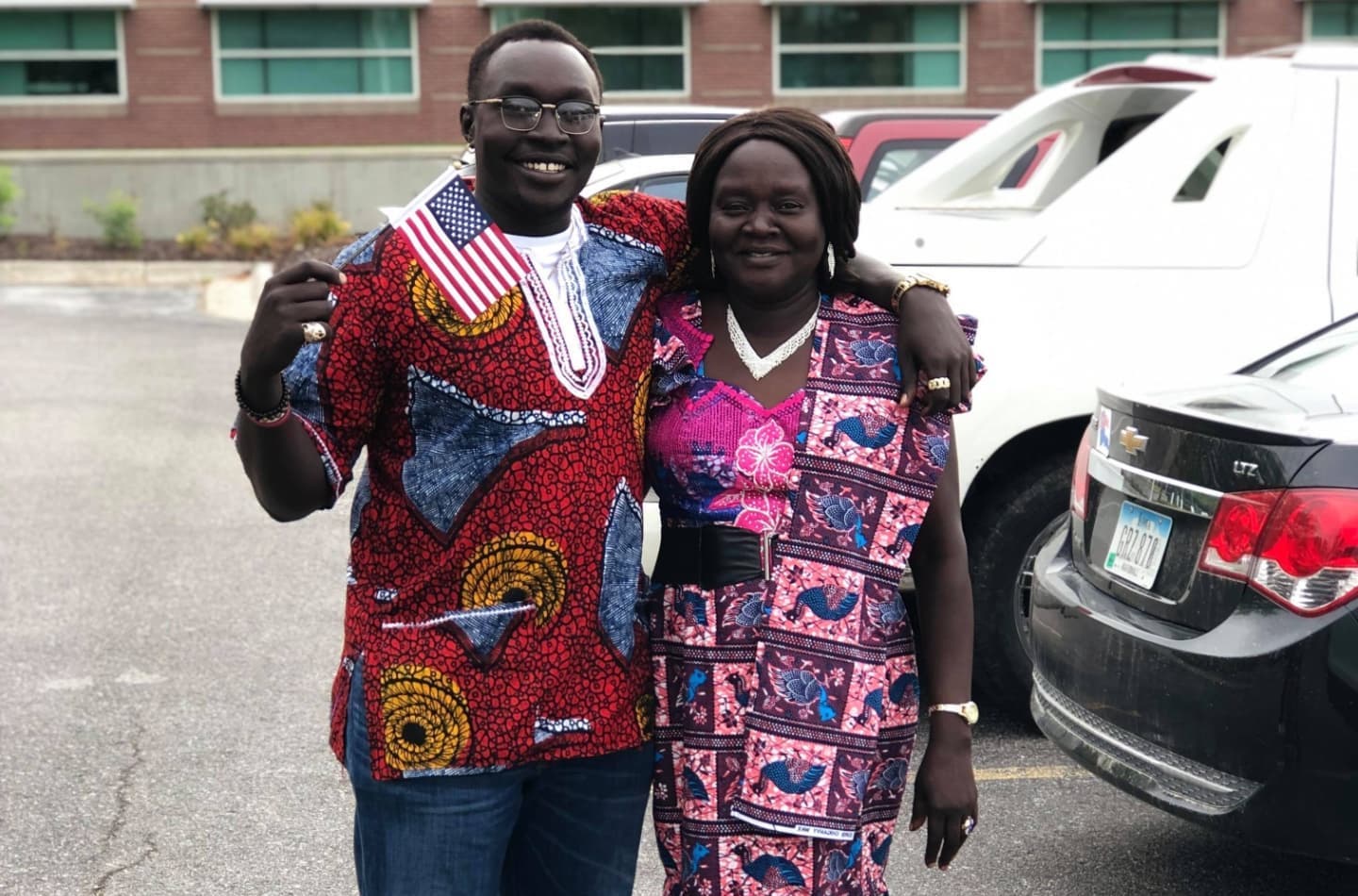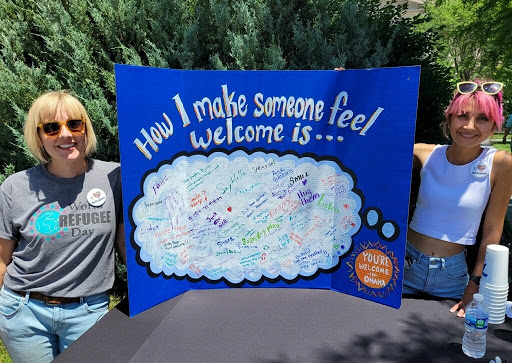Tut, Lincoln
An item or belonging that is special:
 When I think of my journey, I remember my mother’s purse. She has had it since we left the refugee camp. The purse is hand-woven and sturdy. It was a gift to my family. It reminds us of all the struggles, of what we can do, and it keeps us grounded.
When I think of my journey, I remember my mother’s purse. She has had it since we left the refugee camp. The purse is hand-woven and sturdy. It was a gift to my family. It reminds us of all the struggles, of what we can do, and it keeps us grounded.
On feeling left out:
It seems very vivid. I came from San Diego to Nashville and was in English as a Second Language classes. I was the only African kid. Nobody wanted to be friends. They called me names. I didn’t feel welcomed. I felt alienated.
But when some family moved near us, a cousin became a buddy who was more outgoing and could make friends. He brought me along with him and bridged that gap.
On creating a community of belonging:
Now, I watch and can tell from people’s body language when someone is withdrawing from the conversation or when someone feels unaccepted or when they are not validated. I invite them in. I ask their opinion and for their input. Through my work, I get to help people buy their first homes and put down roots becoming vital members of their neighborhood.


